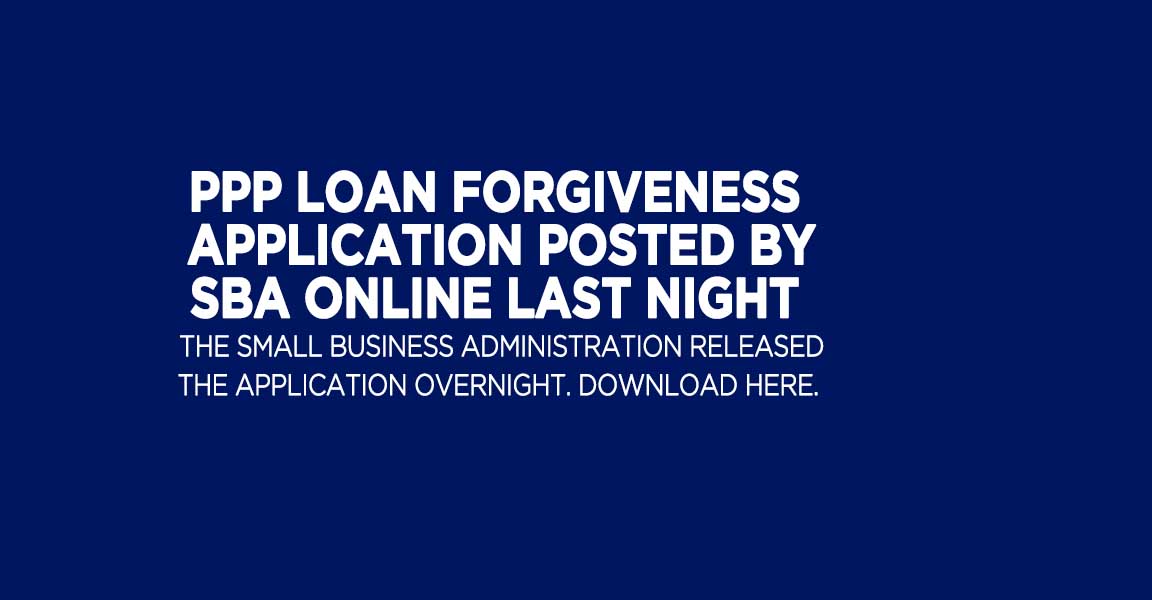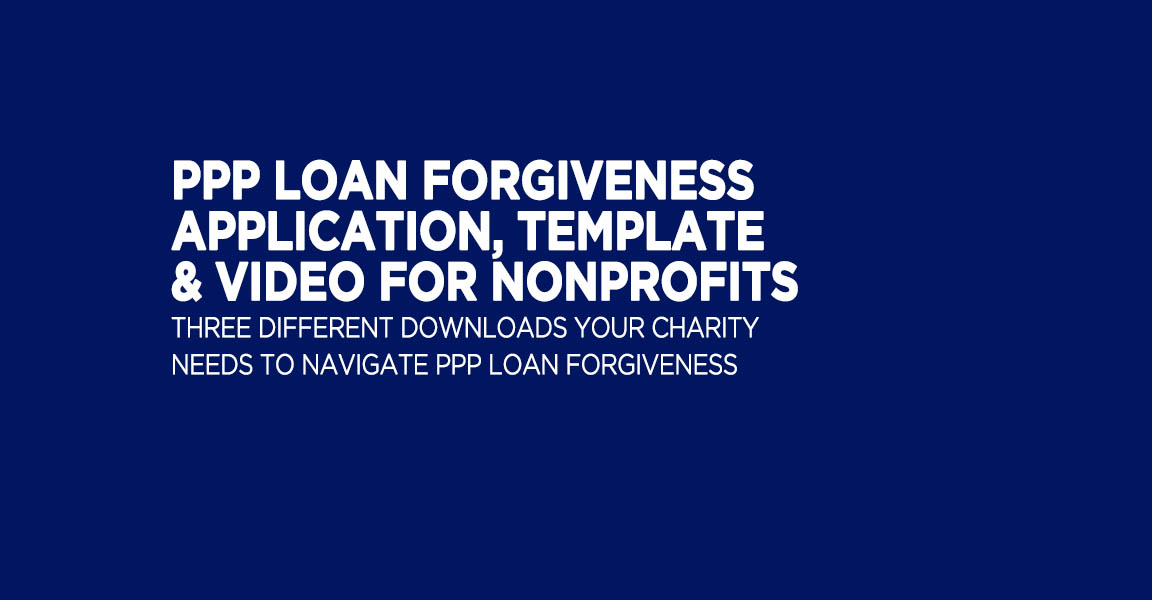
Nonprofit PPP Loan Forgiveness Application Is Now Online
May 16, 2020
PPP Loan Forgiveness Application, Template And Video for Nonprofits
May 17, 2020Overcoming Screen Fatigue: A Nonprofit Hub Guide
At the beginning of 2020, I doubt any of us imagined our routines would become completely uprooted in a matter of days. Due to the global pandemic, “office life” is now seen as a fond memory, and our daily commute is a total of one minute ― or as long as it takes to walk from your bed to your desk.
I was so excited to be able to work from home ― to only have to look professional from my waist-up, to not have to worry about prepping lunches for work, to get those extra minutes of sleep I’d usually spend stuck in traffic. But now that we’re a few months into “the new normal,” I’m getting so tired of seeing people through lenses, and staring at screens all day and night is making my eyes sting.
Screens are our reality now, and into the foreseeable future. We’re going to have to adapt our work habits to fit the new normal. Screen fatigue is something we’re all struggling with, and there are ways to deal with it. I know reading another blog might not be your favorite thing to do right now, but these tips will be worth it.
Why are video calls so draining?
Video calls are a lot more straining on the brain than any face-to-face conversation. We’re having to work harder to communicate because it’s harder to process non-verbal cues like subtle facial expressions, tone of voice, or body language. “Our minds are together when our bodies feel we’re not. That dissonance, which causes people to have conflicting feelings, is exhausting. You cannot relax into the conversation naturally,” said Gianpiero Petriglieri, an associate professor at Insead in an interview with BBC Worklife.
It can also be difficult to hear conversations with poor internet connections or people accidentally talking over each other. Awkward silences and having to repeat yourself are exhausting. In a 2014 study by German academics, even a 1.2 second delay in a conversation made people perceive the responder as less friendly or focused. The natural rhythm of everyday conversations is disrupted.
Another contributing factor is that this is just the way things are, and we had no choice. We all feel stuck in quarantine, and the fact that we would much rather be meeting in person takes a toll on how we view video meetings.
While these meetings might drain us, there are things you can do to conserve your energy and keep you productive throughout the workday.
Give yourself brain breaks
Before quarantine, you were most likely used to having a schedule full of back-to-back meetings, and you were fine with it. Now, you’re trying to replicate that schedule from home but it’s exhausting you more than it did before. Why? Well, the truth is, your schedule wasn’t truly back-to-back. In between meetings, you could chat with coworkers casually, and your brain would have a break during your commute. Now that you don’t have to go anywhere for your next meeting, they get scheduled closer together, without a change of pace to break them up.
Try to replicate those breaks in your work schedule. Complete a major task, then give yourself a 10 to 15 minute break to get up and walk around the house, listen to some music or grab a snack, and then get back to work. Try to do something that doesn’t require processing a ton of new information so that your brain has time to refresh.
You could also try the “20-20-20 rule,” where every 20 minutes, you look at something 20 feet away for 20 seconds. This helps your eye muscles to not be stuck in the same position for hours.
Move your workspace around
Embrace the fact that you don’t have an assigned desk! Your entire house/apartment is your workspace now, so use it. Maybe start your morning at your desk, then sit by a window, at your kitchen counter, or go outside.
Switching up your workspace makes your routine have a little bit of spice to it, while not disrupting your productivity. Plus, it gives your coworkers a nice new background to appreciate.
Reduce on-screen stimuli
In real life, group conversations, your eyes usually focus on only one person at a time, usually the speaker, with everyone else in the peripheral. But in video calls, you can see everyone at once, including yourself. We’re not used to seeing this much stimuli in a conversation, and we’re especially not used to seeing ourselves, so it can be overwhelming and distracting.
Try to limit the amount of on-screen stimuli you have. Close other tabs you have open, stop your video camera but keep your audio on. Another thing you can try is “gallery view” on Zoom. This makes it so you can only see the person who is talking at a time and it mimics a real-life conversation more than the “Brady Bunch” grid.
Don’t default to video meetings
Video doesn’t have to be your primary form of communication. While it’s great to be able to see everyone’s faces, your team can stay connected in other ways. For smaller meetings, opt for them to be held on the phone or even over email.
Phone meetings give your eyes a break and they can let you focus on more important visual stimuli ― things that are actually relevant to your meeting. Plus, you can change up your position and no one will know. You could do an entire meeting from your bedroom floor if you wanted to.
Hang in there
These are tough times for everyone right now, and it can be hard to adjust your whole routine in the blink of an eye. In these times of uncertainty, we have to make the most of our situations. And it may suck for now, but it’s not forever. Hang in there. Stay safe.
The post Overcoming Screen Fatigue: A Nonprofit Hub Guide appeared first on Nonprofit Hub.
